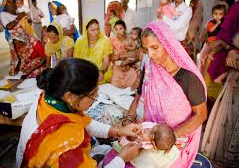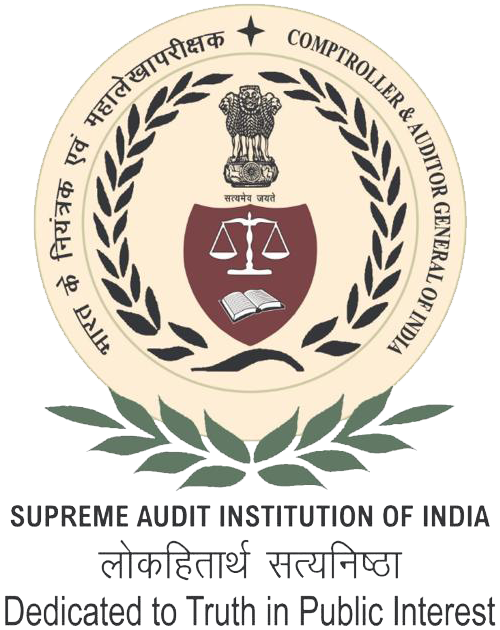- Home
- About Us
- Function
- Resources
- Tour Program
- Publication & Reports
- Working with Us
- Employee Corner
- Download
Audit Reports
Performance

Civil
Report No. 28 of 2015 - Performance Audit on Sanitation Campaign /Nirmal Bharat Abhiyan for the year ended March 2014 Union Government, Ministry of Drinking Water and Sanitation
Date on which Report Tabled:
Tue 08 Dec, 2015
Date of sending the report to Government:
Government Type:
Union
Union Department
Civil
Sector
-
Overview
Introduction
India’s efforts to transform itself into a developed nation cannot succeed without having adequate and affordable sanitation facilities for all on a sustainable basis. The direct link between sanitation facilities and health status of the society is a universally accepted fact. Rural sanitation programme has been in existence in India, in some form or the other, since 1954 (1st Five Year Plan). A supply driven, infrastructure oriented programme with high levels of subsidies for latrine construction (Central Rural Sanitation Programme-CRSP) was introduced by the Government of India in 1986. It primarily focused on improving the quality of life of rural people and also to provide privacy and dignity to women. Not satisfied with the slow growth of sanitation coverage under CRSP, Government of India launched Total Sanitation Campaign (TSC) in 1999 with “Demand Driven Approach”.
Why did we select this subject for Audit?
Total Sanitation Campaign was started with the main objective of providing access to toilets to all by 2012 and providing sanitation facilities for all schools and anganwadis by March 2013. In 2012, TSC was further transformed into Nirmal Bharat Abhiyan (NBA) with modified objective of achieving the vision of Nirmal Bharat by 2022 thus effectively shifting the sanitation targets by nearly a decade. It is against this backdrop that we decided to review the functioning of sanitation campaigns and utilisation of resources to have the status check with regard to original targets set under TSC for the years 2012 and 2013. India’s commitments under Millennium Development Goals (with year 2015 as terminal year) with regard to targets of sanitation and its impact on health targets also contributed to selection of this topic. The performance audit aimed at assessing the efficiency and effectiveness of the processes involved in the sanitation programmes launched by the Government of India.
Download Audit Report
- Index
- Preface
- Executive Summary
- Chapter 1 - Introduction
- Chapter 2 - Planning
- Chapter 3 - Project Implementation
- Chapter 4 - Management of Funds
- Chapter 5 - Information Education and Communication (IEC)
- Chapter 6 - Convergence
- Chapter 7 - Monitoring and Evaluation
- Chapter 8 - Conclusion
- Annex
- Glossary

